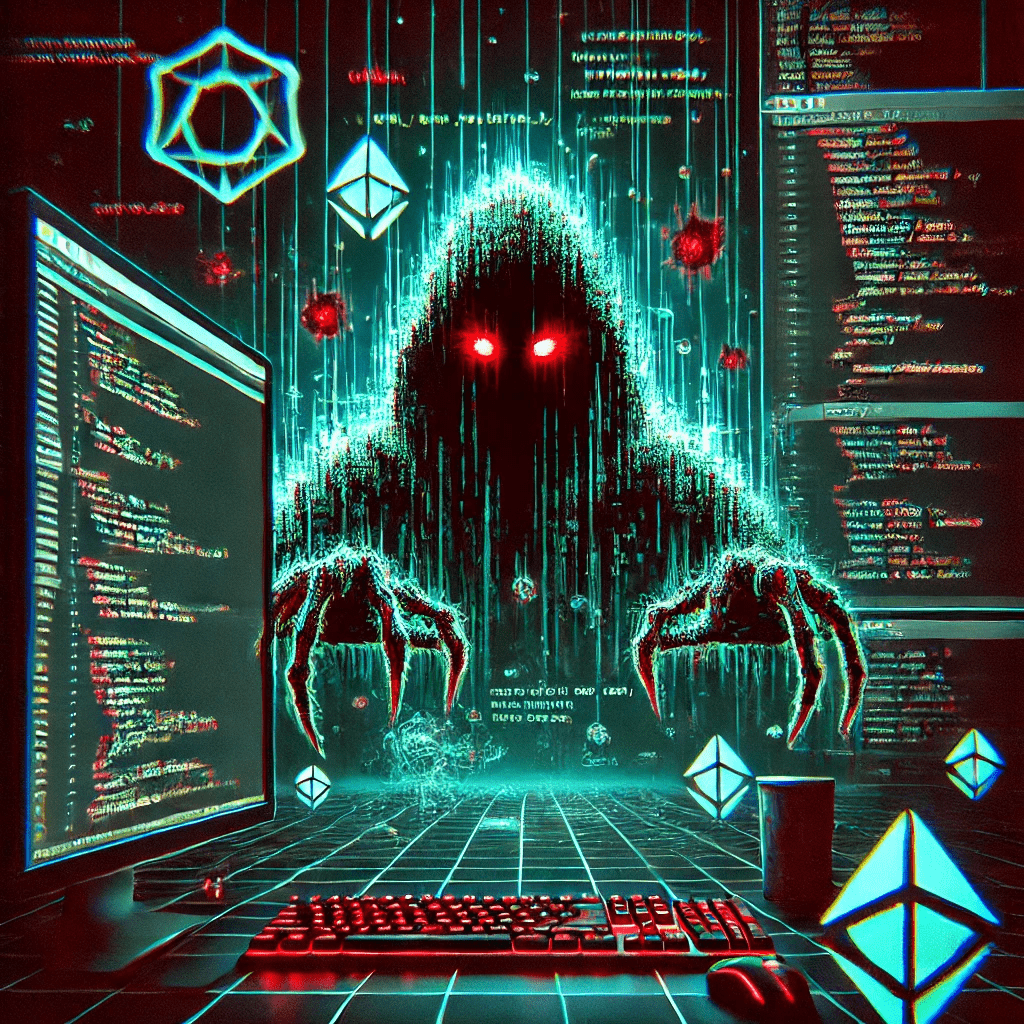New Attacks Exploit VSCode Extensions and NPM Packages: A Rising Threat
Join our weekly newsletters for the latest updates and exclusive content on industry-leading AI, InfoSec, Technology, Psychology, and Literature coverage. Learn More
Understanding the New Malicious Campaign
In recent months, there has been a notable increase in malicious campaigns specifically targeting popular development tools, including VSCode extensions and NPM packages. This trend poses significant risks to developers, companies, and software supply chains. These attacks often begin with compromised extensions from the VSCode marketplace, which are then used as entry points to infiltrate local development environments.
One of the key aspects of these malicious campaigns is their focus on exploiting the trust developers place in widely used tools. For instance, attackers may create seemingly benign extensions that, once installed, perform harmful actions such as stealing sensitive information or injecting malicious code into projects. By weaponizing reputable development tools, these campaigns significantly increase the likelihood of successful intrusions.
The implications of these attacks extend beyond individual developers. A compromised extension or package can lead to fanned-out consequences across the software supply chain, potentially impacting multiple projects and organizations. This chain reaction of vulnerability becomes a severe concern when you consider the interconnected nature of modern software development, where multiple components rely on shared libraries and packages from widely used repositories.
Specific examples of these threats have been identified by security researchers at ReversingLabs, who have tracked various campaigns originating from the VSCode marketplace. Some of these compromised extensions were able to gain unauthorized access to the NPM ecosystem, subsequently deploying malicious payloads that could further infect environments or applications relying on those packages. This expansion from a single entry point to broader ecosystems highlights the systemic risk posed by these malicious campaigns.
As developers increasingly rely on collaborative tools and shared resources, they must remain vigilant against such threats. Understanding the mechanics behind these attacks is crucial in fortifying defenses and ensuring the security of both individual and collective software development efforts.
Targets and Techniques: Who is Affected?
The recent surge in attacks targeting Visual Studio Code (VSCode) extensions and Node.js Package Manager (NPM) packages has raised concerns about the safety of various user communities, particularly the cryptocurrency sector. Initially, threat actors focused their malicious efforts on the cryptocurrency community, exploiting the high level of activity and eagerness for innovative tools within this space. Cybercriminals effectively capitalized on users seeking functionality that would secure their investments, leading to the installation of compromised VSCode extensions designed to siphon sensitive information.
As these tactics proved successful, attackers expanded their target base, impersonating reputable software products such as Zoom. This expansion was crafted to ensnare a broader demographic of users who may not have been previously engaged with cryptocurrency but relied heavily on trustworthy software solutions for remote communication. By mimicking popular applications, malicious actors increased their reach and potential victim pool.
To enhance the credibility of these harmful extensions, attackers employed sophisticated techniques, including inflated install counts and fabricated user reviews. The display of a high number of installs served as a persuasive factor for unsuspecting users, creating an illusion of legitimacy and reliability. Coupled with positive reviews that may have been written by the attackers or automated scripts, this strategy effectively masked the malicious intent of the software.
Additionally, shared endpoints and domains have been manipulated to further deceive users. By creating the appearance of interconnectedness with legitimate services, these adversaries have significantly increased the risk of unintentional engagement by users who trust familiar platforms. The reliance on shared infrastructure also complicates detection and mitigation efforts for security teams tasked with safeguarding their environments. Ultimately, this interplay of tactics and evolving targets underscores the need for vigilance in software installation practices across various communities.
Identifying Malicious Code: The Example of EtherscanContractHandler
The rise of malicious activities targeting developers is a growing concern in the software development community. One notable example is the malicious NPM package known as EtherscanContractHandler. This package, which has been identified as harmful, contains five different versions that exhibit a range of nefarious characteristics. The threat posed by EtherscanContractHandler is particularly alarming as it relies on obfuscation techniques to hide its true intent, making it challenging for developers to discern its malicious nature.
Three of the identified versions of EtherscanContractHandler showcase distinct obfuscated payloads. These payloads employ complex encoding and minification strategies that render them difficult to analyze. The first version demonstrates aggressive obfuscation, scrambling its code to prevent straightforward interpretation. The second version uses a combination of variable renaming and control flow alteration, further complicating efforts to reverse-engineer the malicious purpose of the code. The third version employs dynamic function calls that can change depending on the runtime environment, ensuring that security tools struggle to flag malicious behavior effectively.
Notably, the characteristics shared by these malicious NPM packages and compromised VSCode extensions underline a concerning trend in modern cyber threats. The methods used to deliver malicious components are strikingly similar, suggesting a coordinated strategy by the attackers. Both NPM packages and VSCode extensions can be easily integrated into legitimate projects, giving malicious actors an advantage in infiltrating software development workflows. This connection emphasizes the importance of vigilance when selecting packages and extensions, as the integration of a single malicious component can undermine an entire development environment.
Best Practices for Securing Development Tools
The rising threat posed by new attacks exploiting VSCode extensions and NPM packages necessitates a comprehensive approach to securing development tools. Organizations and developers should consider implementing a multi-faceted strategy to safeguard their environments against potential vulnerabilities. One of the primary best practices is to adopt a stringent vetting process for third-party libraries. This includes assessing the reputation of the library, checking for active maintenance, and analyzing user reviews and feedback. Additionally, developers should ensure they source libraries from reputable repositories to minimize the risk of malicious code inclusion.
Regularly updating dependencies is another crucial measure. Many attackers exploit outdated packages with known vulnerabilities, so keeping these dependencies current helps mitigate risks. Utilizing automated tools can facilitate this process by alerting developers to outdated packages, thus ensuring timely updates. Moreover, employing a more robust monitoring system for dependencies can aid in proactively detecting any anomalies or malicious payloads within the codebase.
Implementing a comprehensive security scanning solution is advisable to identify vulnerabilities in development tools and library dependencies. These tools can work directly with CI/CD pipelines to catch potential threats before they reach production. Likewise, utilizing code review practices can help uncover potential security issues introduced by team members, ensuring that all code adheres to established security protocols.
Moreover, educating development teams about secure coding practices and potential security threats is critical. Regular training sessions and security awareness initiatives can foster a culture of vigilance and encourage developers to prioritize security in their workflows. By adopting these best practices, organizations will significantly enhance their resilience against the increasing threats targeting development environments, thereby safeguarding their applications and data effectively.
Discover more at InnoVirtuoso.com
I would love some feedback on my writing so if you have any, please don’t hesitate to leave a comment around here or in any platforms that is convenient for you.
For more on tech and other topics, explore InnoVirtuoso.com anytime. Subscribe to my newsletter and join our growing community—we’ll create something magical together. I promise, it’ll never be boring! 🙂
Stay updated with the latest news—subscribe to our newsletter today!
Thank you all—wishing you an amazing day ahead!







